
Spec
Driver: Closed Dynamic
Impedance: 47ohms
Frequency Response: 10Hz ~ 25kHz
SPL: 107dB/mW @ 500Hz
Cable: 0.9m + 0.3m, 3.5mm stereo plug
Weight: 32g
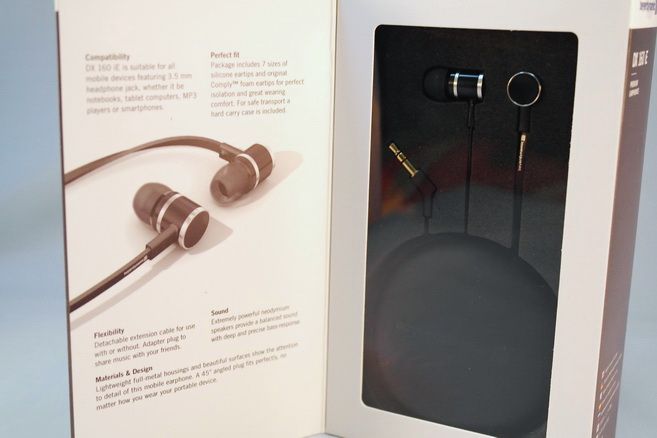
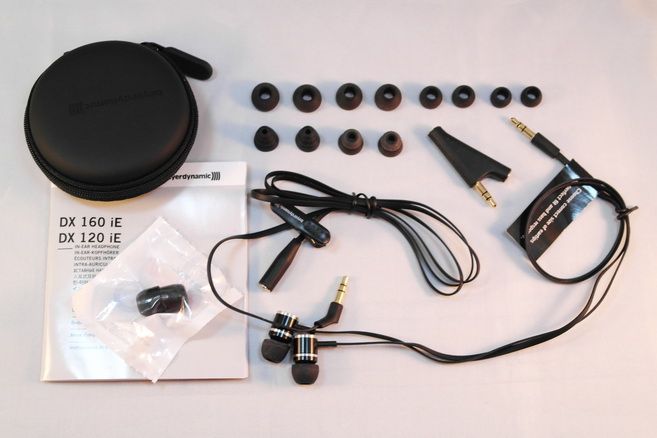
Packaging, Accessories and Build Quality
Packaging is pretty good on the DX 160 iE. It isn’t particularly outstanding, but it isn’t bad in anyway either. It is overall quite befitting to what you can expect from a big brand. Accessories are quite abundant. There is 5 pairs of single flanged eartips, 2 pairs of double flanged eartips, one pair of Comply foam tips, a shirt clip, a Y-splitter adapter, a hard case, and the manual. The Y-splitter is especially interesting as it is designed to go well with the 2 pieces cable design. The cable themselves are flat, but still fairly slim. It is fairly tangle-free but not clumsy as a wider flat cable would have been.
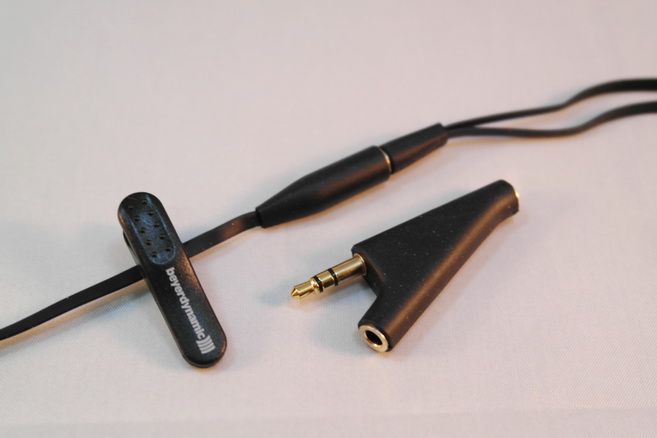

The IEM’s design is kind of low-keyed, but not in a bad way. The only two places I wish to be better are (1) the strain relief on the 3.5mm plug could have been longer and (2) a cable guide on the Y-splitter would have made it easier to control the cable while wearing the earpieces over-the-ears. Last thing to note is that there is very mild driver flex on both sides, though it is really very mild and not much of a real concern. Beyond these, the IEM as a whole is quite well constructed
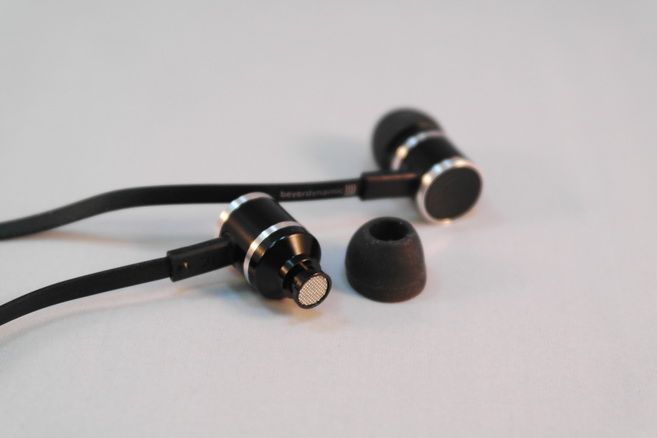
Sound Quality
The sound signature of DX 160 iE is bass dominance, warm, smooth, if not a bit dull. Bass is abundance in quantity with good enough definition not to sound muddy. The upper bass / lower mid region is however overly thick, pushing the vocal back and making it dull sounding, especially in low volume. While the vocal can be somewhat brought back to life on higher volume, EQ’ing down the 250Hz~500Hz region have even better result by making the vocal clearer and the space wider. Treble rolls off only at the very top and it is smooth for the most part. While it doesn’t really sparkle much, it should still be decent enough for non-analytical listener. Soundstage is below average, mainly due to the lack of air caused by the thickness in the upper bass / lower mid.

Comparison: DX 160 iE (left) and XP3 (right)
So how does the DX 160 iE compared to its Asia only siblings, the XP1, XP2 and XP3? Disregarding the difference in sound signature, the difference in SQ is actually very small. Out of the three, XP1 is perhaps the closest in sound signature when compared to DX 160 iE, but even so it offers noticeably less bass quantity and overall better balance. In comparison, DX 160 iE is more likely only going to be appealing to the true basshead.
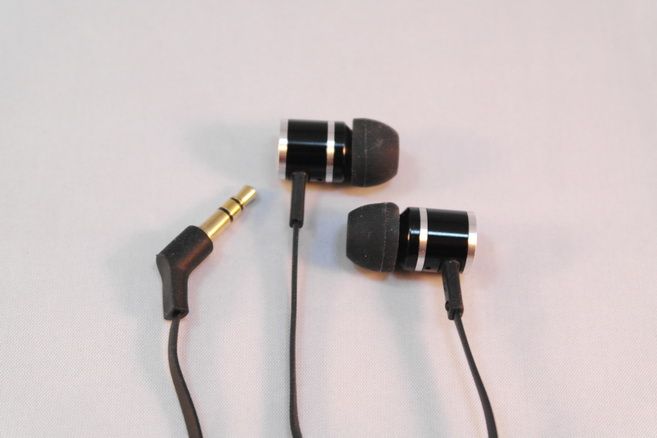
Sum-up
Despite having better build quality, accessories and packaging over its XP series siblings, the problem with DX 160 iE is the high price tag. It puts the DX 160 iE in a handicap where the market is at its most competitive, both on the sheer number of models as well as some of the best value-for-money IEM you can buy. Unfortunately for now, DX 160 iE just doesn’t offer enough to upset the competition. It would have been in a much better position if it is priced closer to the much more budgeted oriented XP series.
The sample comes from the test program.
For numeric ranking, check out The List.





